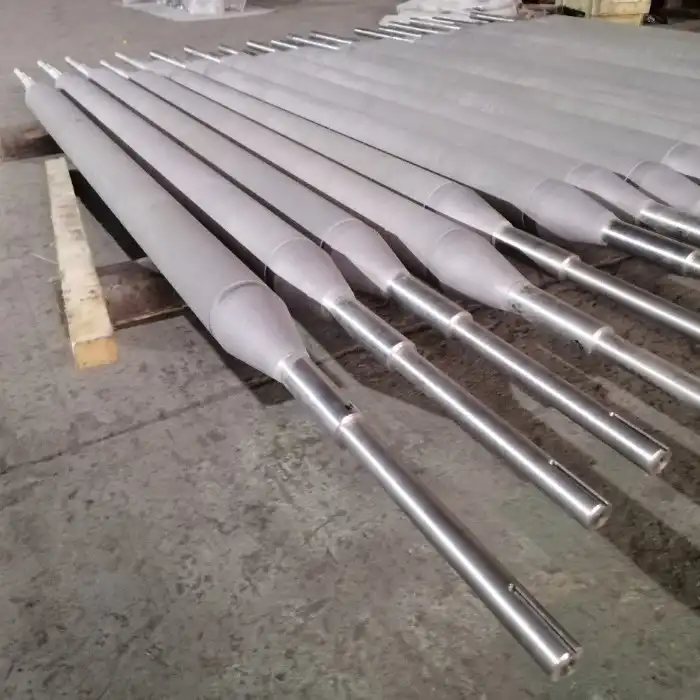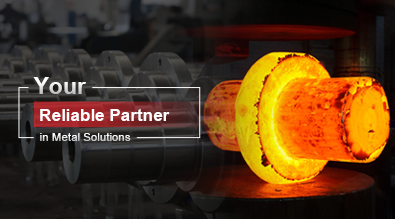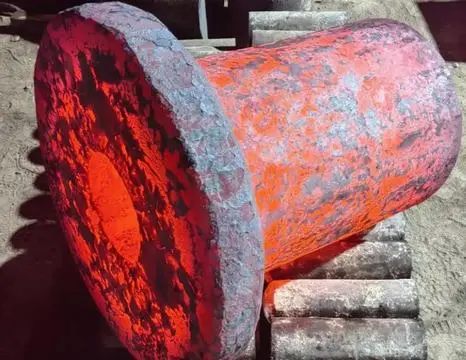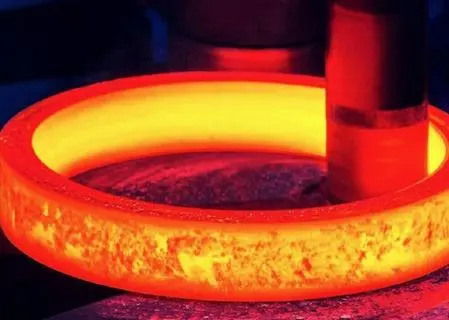The Role of Bearing Systems in Furnace Roll Performance
Improved Stability and Alignment
Bearing systems play a pivotal role in maintaining the stability and alignment of furnace rolls. In high-temperature environments, thermal expansion can cause misalignment, leading to uneven heat distribution and potential damage to processed materials. Advanced bearings, specifically designed for extreme temperatures, help mitigate these issues by providing consistent support and allowing for controlled thermal expansion. This ensures that the furnace rolls remain properly aligned throughout the heating process, resulting in uniform heat application and improved product quality.
Reduced Friction and Wear
One of the primary benefits of incorporating bearing systems in furnace rolls is the significant reduction in friction. High-quality bearings, often made from materials like silicon nitride or specialized alloys, can withstand extreme temperatures while maintaining low friction coefficients. This reduced friction translates to smoother roll rotation, decreased energy consumption, and minimized wear on the roll surfaces. As a result, the operational lifespan of furnace rolls is extended, leading to reduced maintenance costs and improved overall efficiency of the furnace system.
Enhanced Load Distribution
Bearing systems in furnace rolls are engineered to distribute loads evenly across the roll surface. This is particularly important in applications where heavy materials or continuous processing puts substantial stress on the rolls. By effectively distributing the load, bearing systems help prevent localized wear and deformation of the roll surface. This ensures consistent performance and maintains the integrity of the roll structure over time, even under demanding operational conditions.
Types of Bearing Systems Used in Furnace Rolls
Ceramic Bearings
Ceramic bearings have gained popularity in furnace roll applications due to their exceptional heat resistance and low thermal expansion properties. Made from materials such as silicon nitride or zirconia, these bearings can withstand temperatures far beyond the capabilities of traditional steel bearings. The inherent hardness of ceramic materials also contributes to increased wear resistance, making them ideal for high-temperature, high-speed applications in furnace environments.
Hybrid Bearings
Hybrid bearings combine the benefits of ceramic rolling elements with steel races, offering a balance between heat resistance and structural strength. These bearings are particularly effective in furnace rolls that experience both high temperatures and significant loads. The ceramic balls or rollers provide excellent thermal insulation and reduced friction, while the steel races offer robust support and load-bearing capacity. This combination results in enhanced performance and longevity of the furnace roll system.
Specialized Steel Bearings
Certain furnace roll applications may require specialized steel bearings designed to withstand high temperatures. These bearings are often made from heat-resistant steel alloys and may incorporate unique heat treatment processes to enhance their performance in extreme conditions. While not as heat-resistant as ceramic options, these specialized steel bearings offer a cost-effective solution for moderate to high-temperature furnace environments, providing reliable performance and durability.
Maintenance and Optimization of Bearing Systems in Furnace Rolls
Regular Inspection and Lubrication
To ensure optimal performance of bearing systems in furnace rolls, regular inspection and maintenance are essential. This includes visual checks for signs of wear, misalignment, or contamination. Proper lubrication is crucial, with high-temperature lubricants specifically formulated for extreme conditions being applied at recommended intervals. Regular maintenance not only extends the life of the bearings but also helps maintain the overall efficiency of the furnace roll system.
Temperature Monitoring and Control
Implementing robust temperature monitoring systems is vital for preserving the integrity of bearing systems in furnace rolls. Advanced sensors and monitoring equipment can provide real-time data on bearing temperatures, allowing for immediate adjustments to prevent overheating. Proper temperature control ensures that the bearings operate within their designed parameters, maximizing their lifespan and maintaining consistent performance of the furnace rolls.
Predictive Maintenance Strategies
Adopting predictive maintenance strategies can significantly enhance the reliability and longevity of bearing systems in furnace rolls. This involves using advanced diagnostic tools such as vibration analysis, oil analysis, and thermal imaging to detect potential issues before they escalate into major problems. By identifying and addressing minor issues early, operators can prevent unexpected downtime and optimize the performance of their furnace roll systems.
In conclusion, bearing systems play a crucial role in enhancing the performance of furnace rolls across various industrial applications. By improving stability, reducing friction, and enabling efficient load distribution, these systems contribute significantly to the longevity and efficiency of furnace operations. The choice of appropriate bearing types, coupled with proper maintenance and optimization strategies, ensures that furnace rolls can withstand extreme conditions while delivering consistent, high-quality results. As industries continue to demand higher performance and reliability from their furnace systems, the role of advanced bearing technologies in furnace rolls will remain pivotal. For more information on furnace rolls and bearing systems, please contact us at info@welongpost.com.




